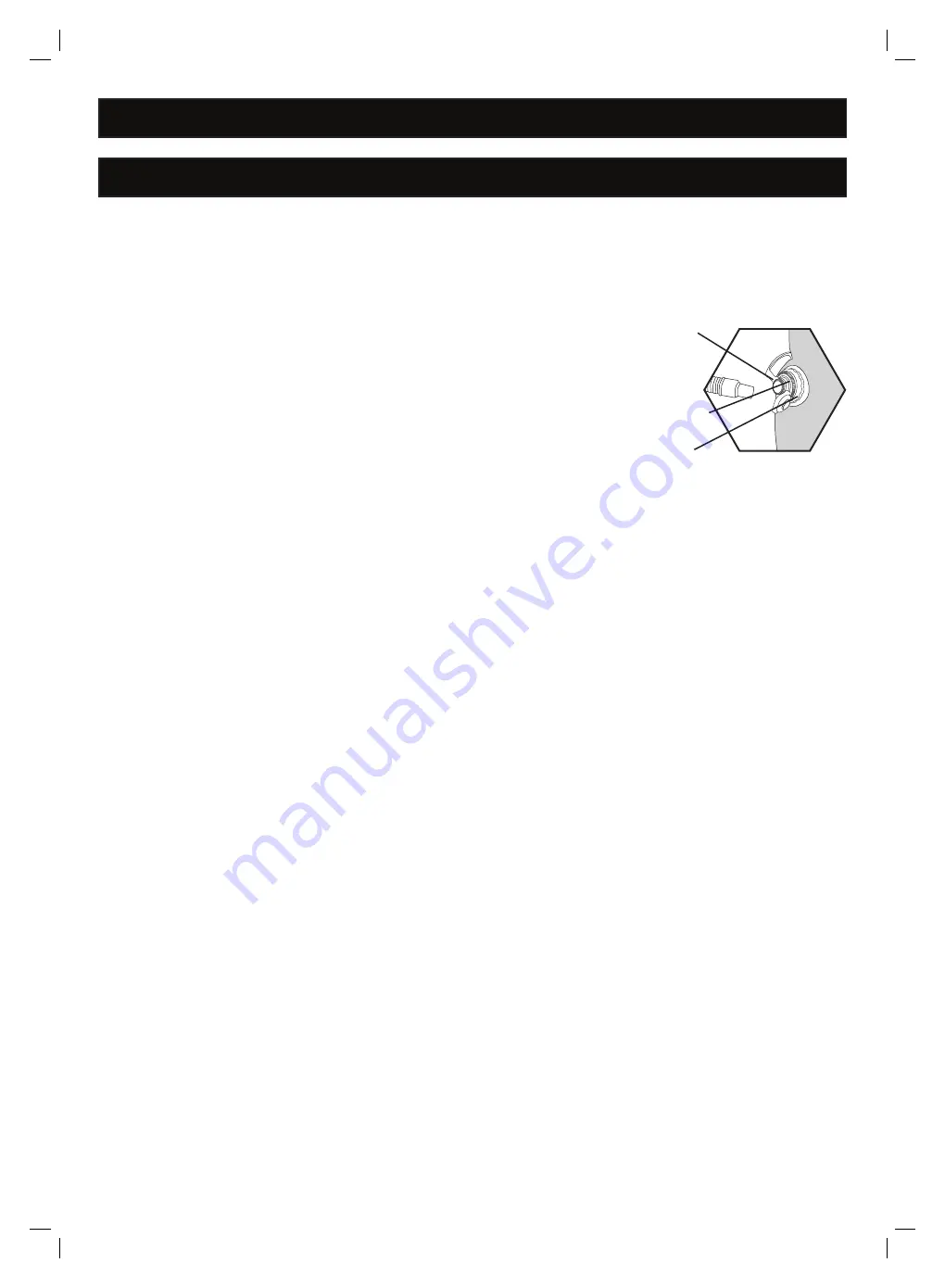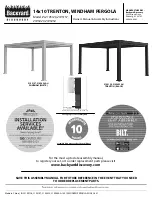
6
Tent Maintenance and Care Guidelines
General Care Guidelines
• One of the most important things you can do is to make sure your tent is pitched correctly and keep a close eye on
the weather, as we have no control over how and where the tent is used or pitched. Peg out all of the pegging points
and use all of the guy ropes and black webbing straps. Extra pegs and ropes are recommended in stormy conditions.
Wind damage is not covered by our warranty.
• Check your air tube psi regularly. As the ambient temperature gets
warmer, the air in the air tubes will expand and the psi will increase. In hot
temperatures, keep the psi close to 6 (to allow for air expansion). In cooler
temperatures, increase psi to 8.
• To check the psi, remove the front most cap on the air valve (the front valve
(1.) has a one-way flow and won’t let out air), insert your pump. Pump until
the pump gauge shows 6 to 8 psi. Remove pump and replace cap.
• To release pressure in your air tubes, gently unscrew the middle valve (2.)
until you hear a pressure release. It is recommended to release more air-
pressure then you require and then re-pump the air tube to ensure your psi is at the correct pressure.
• Never undo protective sleeve around an inflated air tube. This will cause a weak spot in the air tube.
• Always replace protective cap on valve after inflating air tube and ensure the pump nozzle is free of contaminants.
This will prevent dirt effecting the one-way seal and will stop slow depressurisation.
• Handle porch tent poles carefully. When unfolding and folding the poles, do not allow the shock cord to pull and snap
the ends together. This can damage the pole’s ends and result in breakage when the pole is tensioned.
• Do not empty the frame on to the tent canvas as the ends of the frame parts may damage the canvas. Damage
caused this way is not covered by the warranty.
• Avoid using aerosol sprays or any solvent based products in or around your tent as these could damage the fabric or
special coatings. These products include but are not limited to: repellent spray, hair sprays, alcohol, detergents, fly
spray, petrol, kerosene etc. Keep petrol, oil, solvents and other similar fluids away from the fabric. Do not use these
inside or around your tent, as any damage caused by these products is not covered by our warranty.
• When closing doors, make sure that you hold the flaps up to take pressure off the zips. Ensure that the tent fabric is
never over stretched, as this may cause problems with the internal doors.
• Only remove the tent pegs by pulling on the peg itself. NEVER pull on the tent or the webbing loops to remove pegs
as it could result in damage to the tent or personal injury.
• Tent fabrics are not 100% colourfast and some fading will occur naturally, however, this does not affect the
performance of the fabric. Do not leave your tent up and unattended for a long period of time. Tents are not designed
as permanent dwellings. Tents are guaranteed for normal camping use only.
• Use the canvas tent fly provided as this provides an extra layer of protection and adds stability.
1. Front valve
2. Middle valve
3. Valve ring


























